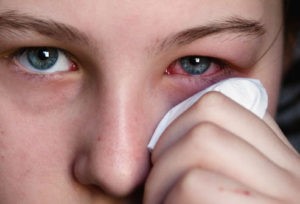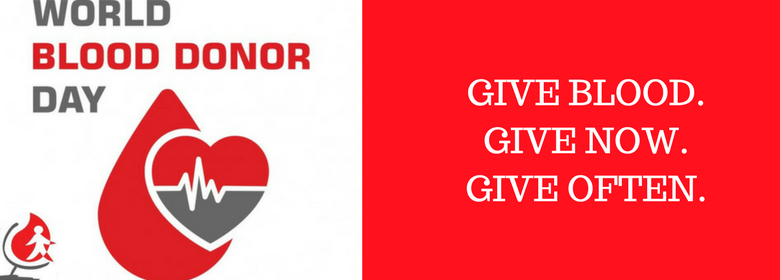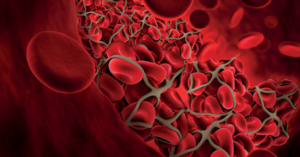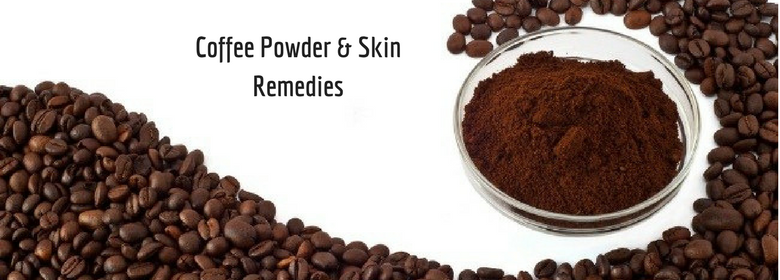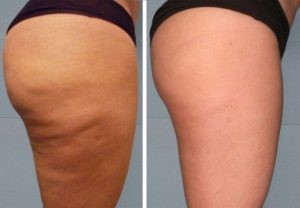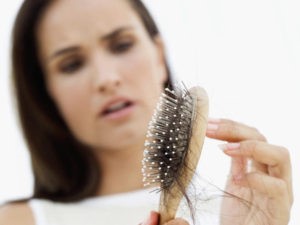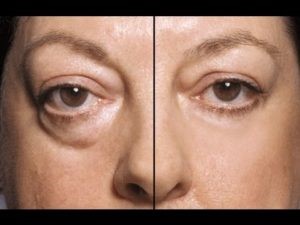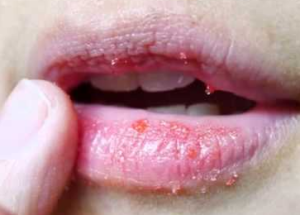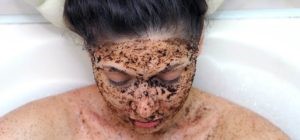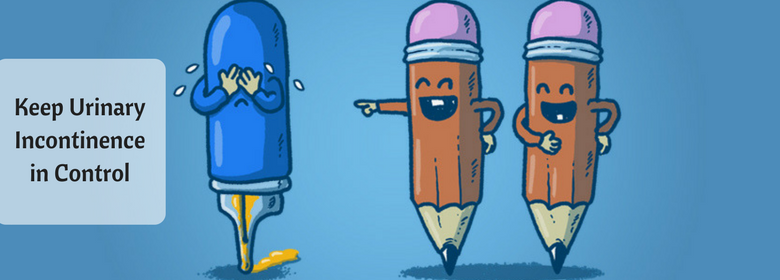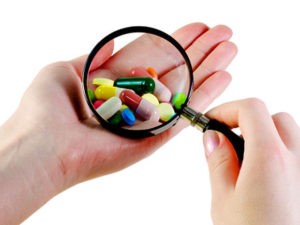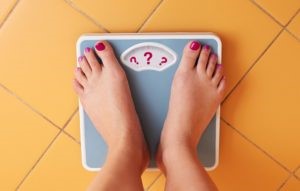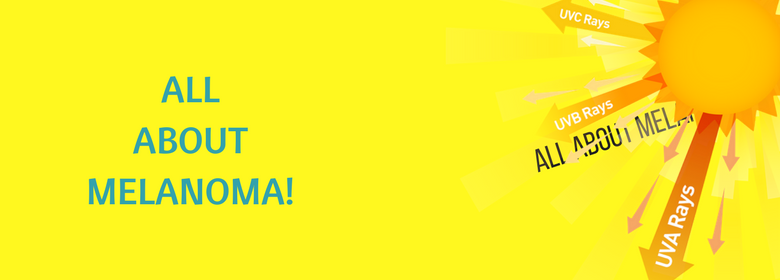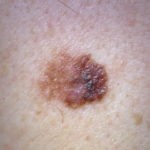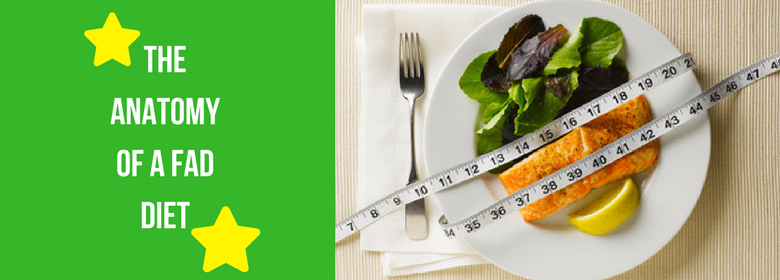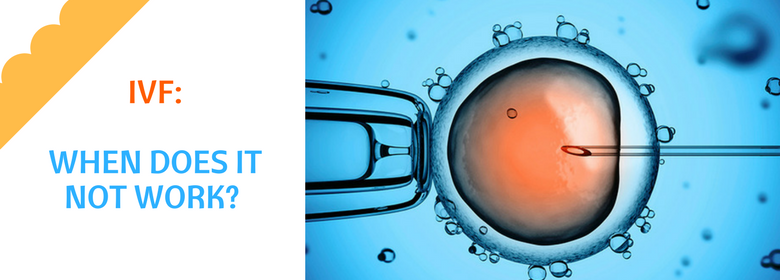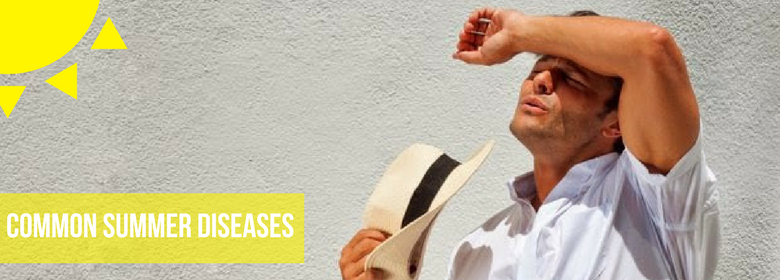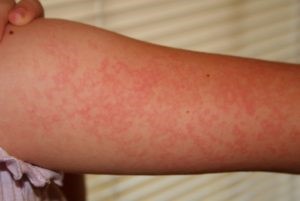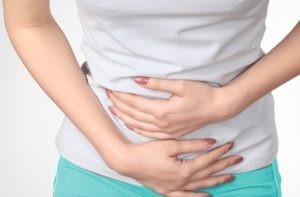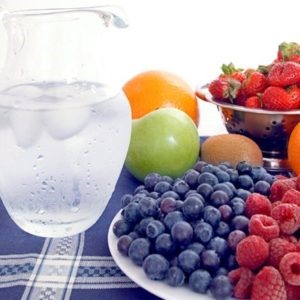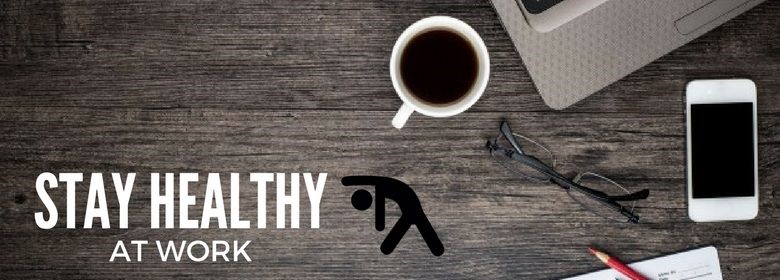What causes eye redness?
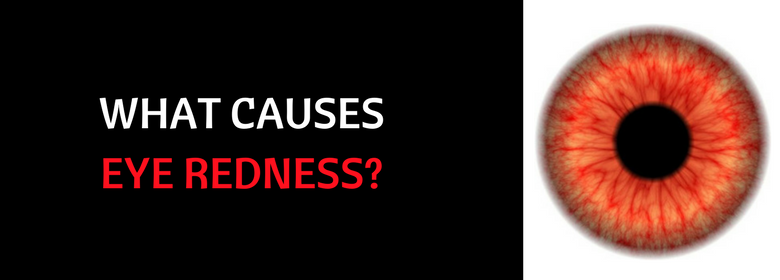
“Red eye” is often used to refer to bloodshot eyes or significant redness in one or both eyes. Many individuals suffer from red eye at some point or the other, but having bloodshot eyes is not normal and can be triggered due to many reasons. Usually red eyes are not a reason to be overly concerned, but if it’s coupled with inflammation, irritation, pain and watery eyes, it could be a sign of medical emergency.
Serious or not, it is important to be aware of the reasons that can cause red eye.
Allergy
Eye redness is a common indicator of an allergic reaction. It is often accompanied with burning and itching. The eyes turn red as the blood vessels in the front part of the eye dilates, causing swelling. It can be prevented by avoiding known allergens and taking appropriate medication by the doctor.
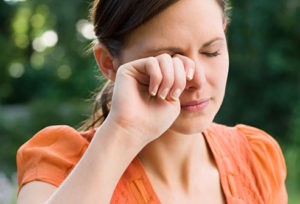
Conjunctivitis or Pink eye
It is an infection that involves swelling and irritation in the conjunctiva. It is highly infectious and common among young children. It is usually not serious, but it is important to seek medical guidance.
Contact Lenses
Often over wearing or not caring enough for your contact lenses can build up irritating surface deposits and microbes on your eye. If eyes turn red while wearing contacts, it is essential to remove contacts immediately and consult your eye doctor.
Computer vision Syndrome
When you stare at a computer screen for a long time, you tend to blink less than usual which can dry out the surface of your eye. This induces a burning sensation and redness in the eye. To avoid this, it is essential to take frequent breaks while working on a computer, use lubricating eye drops, and use glasses with lenses that provide protection from the computer light.
References:
http://www.allaboutvision.com/conditions/red-eyes.htm
https://www.verywell.com/top-causes-of-red-eye-3422111
http://www.mayoclinic.org/symptoms/red-eye/basics/causes/sym-20050748

